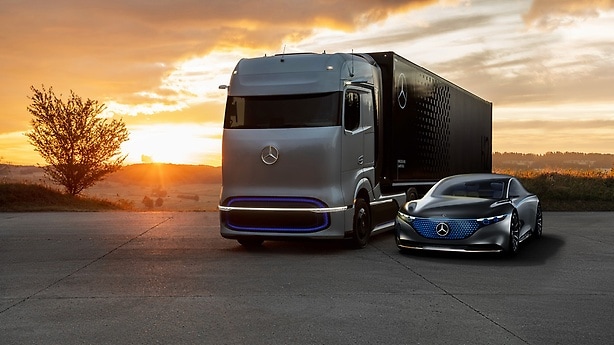Sales at the Mercedes-Benz Cars & Vans division decreased by 30% to 471,400 vehicles in the third quarter (Q3 2020: 673,400). High-end vehicles including Mercedes-Maybach, Mercedes-AMG, the S-Class and G-Class as well as the GLE and GLS showed strong growth, with favourable mix and net pricing helping to partially offset semiconductor-driven supply constraints and raw material headwinds.
Revenue was €25.6 billion (Q3 2020: €25.8 billion). EBIT amounted to €2,004 million (Q3 2020: €2,118 million) and the return on sales was 7.8% (Q3 2020: 8.2%). Adjusted EBIT reached €2,175 million (Q3 2020: €2,417 million) with the adjusted return on sales at 8.5% (Q3 2020: 9.4%). Cash flow before interest and taxes (CFBIT) was €3,652 million (Q3 2020: €4,617 million). Adjusted CFBIT amounted to €4,127 million (Q3 2020: €4,821 million). The adjusted cash conversion rate (CCR) was 1.9 (Q3 2020: 2.0).
Sales at Mercedes-Benz Cars declined by 32% to 383,500 vehicles in the third quarter (Q3 2020: 566,600). The presentation of four new electric concepts and vehicles at the Munich IAA underlined the brand’s unrelenting focus on luxury and tech in the area of passenger cars. Mercedes-Benz Vans’ sales decreased by 18% to 88,000 vehicles (Q3 2020: 106,900). In the Vans segment, Mercedes-Benz introduced its new Citan and eCitan, launched a new battery variant for its eVito Tourer and started sales of its Sprinter 4x4.


